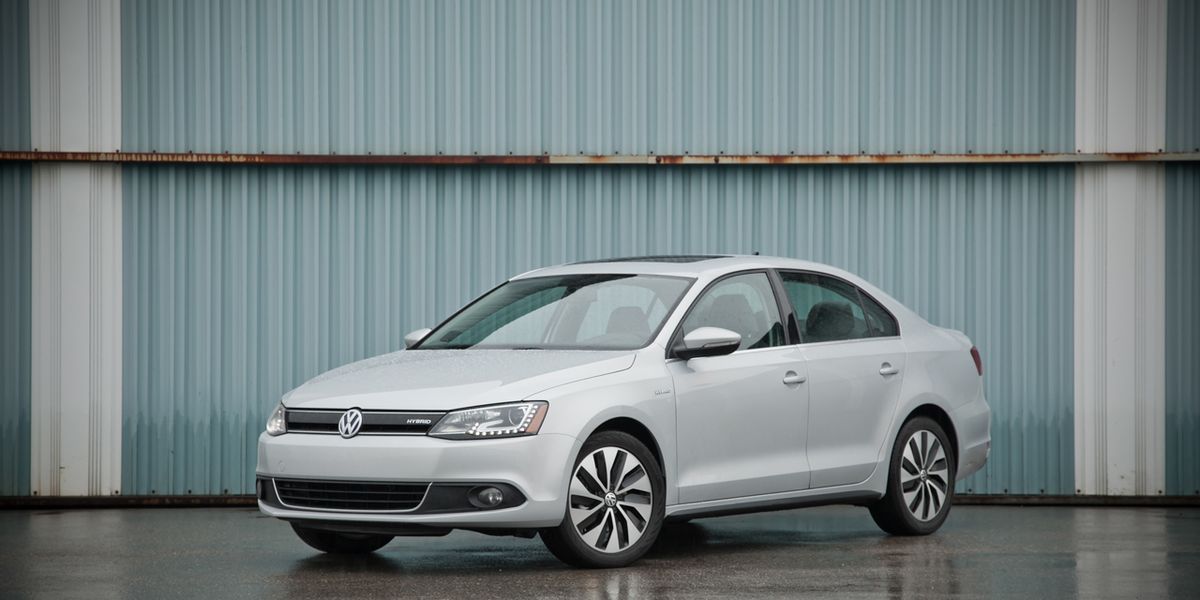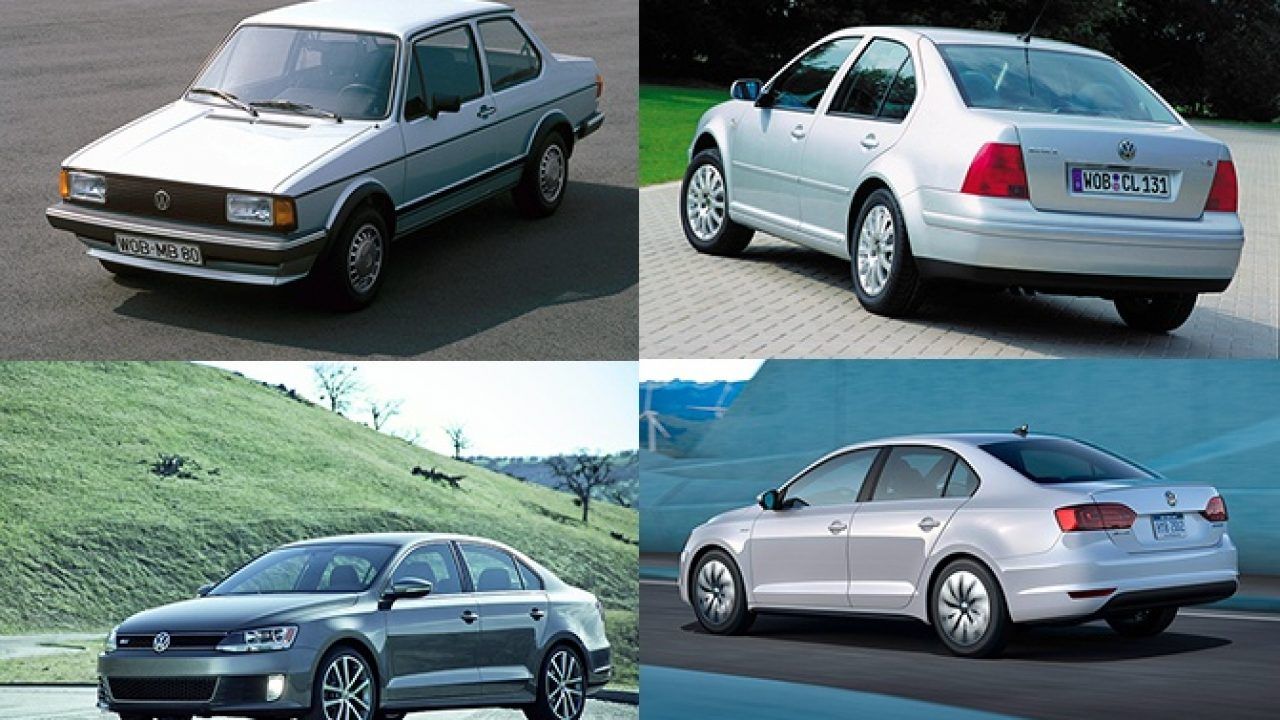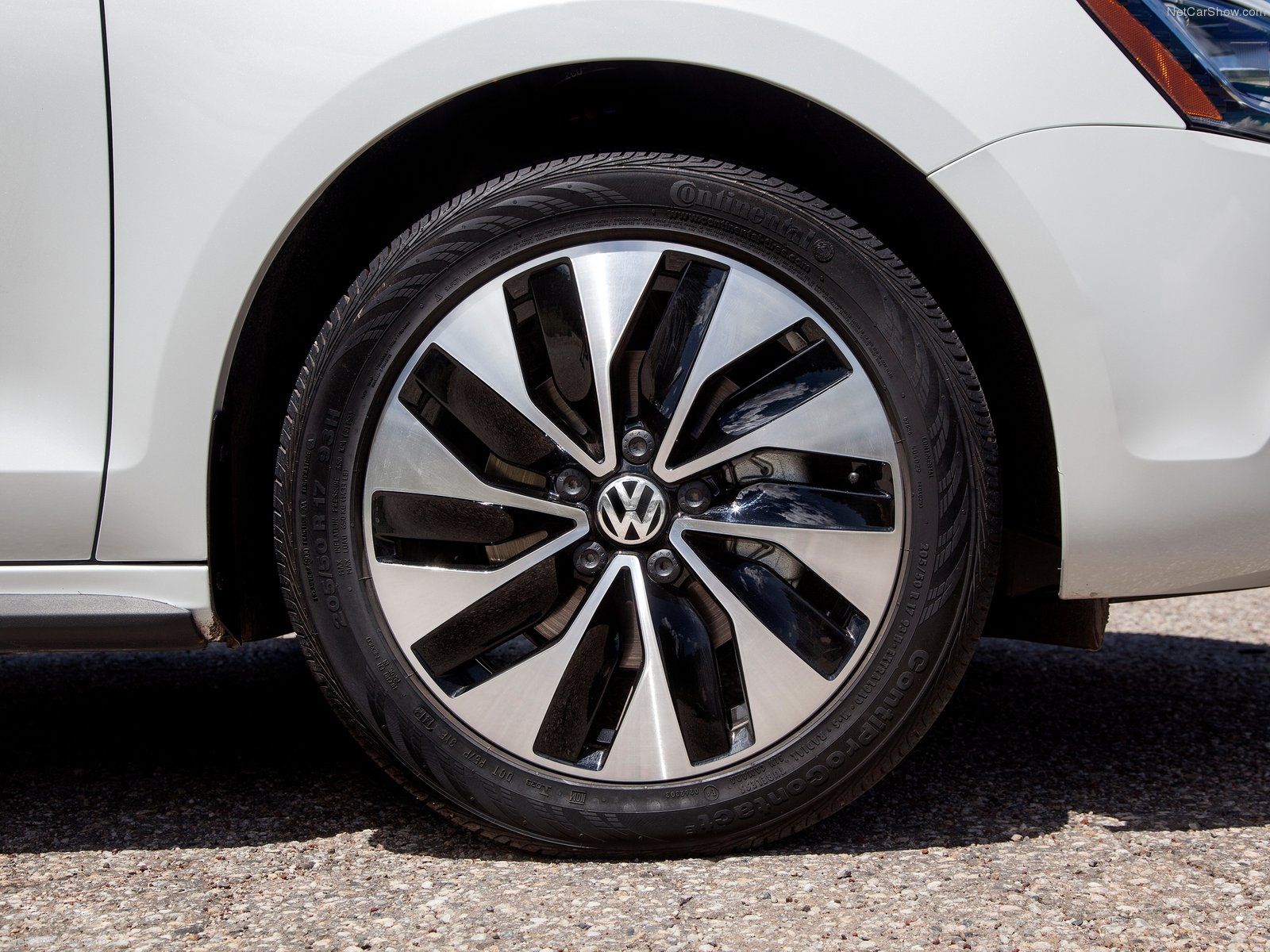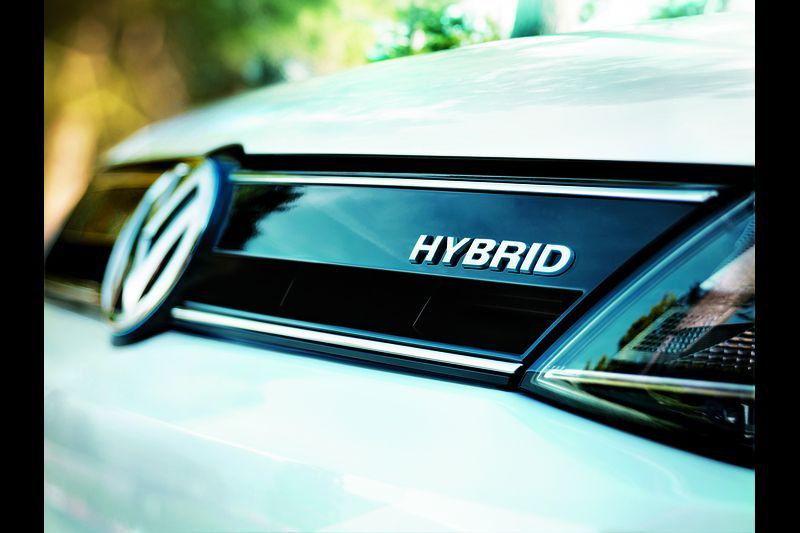Have you been to a gas station lately? No matter where you are in the world, you will no doubt have noticed just how expensive fuel has become. The price of regular, mid-grade, premium, and even diesel are all skyrocketing, reaching record highs in some areas.
Add to that the recent fuel shortages in places like the UK, and the penny-pinching petrolhead finds him- or herself in a bit of a pickle: keep feeding your fun car's drinking habit despite the increasing cost, or complement it with an economical daily driver.
Buying a frugal daily car is not a new concept, but for enthusiastic drivers, being behind the wheel of an eco-box is purgatory. They're mostly all bland if not wilfully ugly to look at, their engines sound like old refrigerator pumps, and they tend to drive with all the excitement of a sleepy house cat.
However, not all eco-cars are ugly, they don't all drone-like mad and they aren't all miserable to drive. Sure, you could spend hundreds of thousands of dollars on a new-generation hybrid sports car like the Acura NSX Type-S, but if you want really cheap thrills, there is another way.
The middle of the 2010s wasn't exactly Volkswagen's finest hour, but among growing reliability concerns and a $15 billion slap on the wrist for blaming its emissions on the dog, it managed to create (and quietly kill) one of the most compelling powertrains it had ever fitted to an economy car: the 1.4 TSI hybrid found in the Jetta.
The MK6 Jetta Hybrid may not be the type of car to set your hair on fire, but compared to its battery-assisted rivals, it's practically a sports car. Read on to find out how this forgotten fuel-saver was (and could still be) the eco-car for enthusiasts.
VW Jetta: A Brief History of the Golf's Three-Box Cousin
The Volkswagen Jetta has been with us for decades. It's a very common car, a German Corolla, yet there's always been something endearing about watching VW's designers try to create a product for sedan-friendly North America without diminishing its European charm. It's a recipe that worked rather well, evidenced by the fact that you can no longer get an ordinary Golf in North America (it's GTI and R-only now), but your local VW dealer will be all too happy to sell you the cheapest Jetta on the lot.
Initially built as literally just a Golf with a trunk, the Jetta has evolved and separated itself from the ubiquitous hatchback, typically positioning itself as the more entry-level and affordable option to the "premium" Golf. Some generations deviated from this idea (MK4 and MK5 cars come to mind), but when the MK6 Jetta launched in 2011, it certainly was meant to undercut its stablemates on price.
You could have a basic 2.0L gasoline four-cylinder engine (later replaced with a non-hybrid 1.4t), a 2.5L inline-5 that sounds excellent, or a 2.0L common-rail turbodiesel in the duplicitous TDI. In the sporty "GLI" trim you got a slightly detuned version of the Golf GTI's 2.0L turbo "EA888" engine, as well as better rear suspension. This is probably the most significant upgrade; the vast majority of Jettas sold had fairly primitive torsion-beam rear suspension, but the GLI got a multi-link independent rear end borrowed from the Golf GTI, dramatically improving its ride quality and handling characteristics.
So, there was an MK6 Jetta for thrifty shoppers, Audi rally fans who couldn't afford Sport Quattros, diesel geeks, and keen drivers, but what about fuel-savers? Hypermilers? People who want to stretch every last drop of gasoline as far as it can take them? In the early-2010s you would have been limited to the Toyota Prius, or the Honda Insight that looked like a Toyota Prius, both of which are eco-cars in the traditional sense we described above. But Volkswagen saw a gap in the market and decided to fill it when, in 2013, it launched the Jetta Hybrid.
A Hybrid Like None Other
It would be unlike Volkswagen to simply follow a trend and design something similar to its rivals. When it can't be the trendsetter itself, VW likes to get weird, and so it did with the Jetta Hybrid. First of all, remember what we said about rear suspension? The Hybrid got the same multi-link rear end as the GLI, due to the location of the battery pack under the rear floor. This makes it the only other MK6 Jetta model to get this setup, which gives it a significant edge in handling and comfort.
But the real magic is, of course, to be found under the hood. VW's hybrid drivetrain consisted of a 1.4L turbocharged "TSI" four-cylinder and an electric motor feeding their combined torque outputs into a 7-speed twin-clutch automatic transmission. So far as we can tell, this is the only economy hybrid to use a DCT (or DSG in VW parlance) – you'd have to go way upmarket to find another hybrid + dual-clutch setup.
The 1.4L engine produces about 150 HP and 184 lb-ft of torque, and the electric motor could match that torque figure on its own. Operating together, both engines feed 170 HP to the front wheels but limit the torque to the 184 lb-ft figure quoted above, to preserve the life of the gearbox. Instead, the e-motor acts as it does in hybrid sports cars: compensating for turbo lag and filling the torque gaps between gear changes, making the hybrid Jetta feel almost diesel-like in acceleration, just without the smelly fumes. 0-60 mph is handled in just under eight seconds, or almost quick enough to threaten a stock BRZ.
The battery adds a negligible amount of weight, with the Jetta Hybrid weighing in at 3,300 lbs, 100 lbs shy of a Sportwagen. Crucially though, the hybrid Jetta's fuel economy figures are perhaps its most impressive statistics: 45 miles to the gallon combined (just under 5.5L/100kms). That's twice as good as the five-cylinder cars and even better than the notoriously frugal diesel.
Part of that mileage is achievable because the Jetta, unlike some of its hybrid competition, can drive on electric power only. In "e-mode," it'll happily trundle along at low speeds using just its electric motor, which can disconnect itself from the ICE with a clutch pack. It'll only do this for a few miles before needing the gas engine to recharge the battery, but it's the ideal solution for a daily drive that involves a lot of stop-and-go traffic or sitting in the queue at a drive-thru.
Why It Went Away, And Where You Can Find One
The short answer is Dieselgate. That "$15 billion slap on the wrist" the company received in 2015 has been far more devastating to the VW Automotive Group than it might seem, thus the sub-brands had to cut their more costly and experimental products to weather the storm. Gone was the XL-1, a carbon-fiber hypermiler that took the Jetta Hybrid's philosophy to the extreme, and Audi cut its entire Le Mans outfit. Tons more VW AG projects were canceled and model lines trimmed. The Jetta Hybrid was one of many victims.
A few leftover 2015 models were sold as 2016s, but even before the sooty dust had settled around the TDI scandal, the gas-electric Jetta was gone, with less than 10,000 units sold, well under 1% of total MK6 Jetta sales. It was handily out-sold by diesel until those were pulled from the market, but with the sour taste of Dieselgate still on the tongues of consumers, no one was turning to Volkswagen for an eco-car anymore.
Thus, they can be tricky birds to track down. A good one will cost anywhere from around $7,000 to $12,000, with some truly pristine examples fetching even more. As with any late-model car, there is invariably a list of things to look for when shopping, but thankfully the MK6 chassis is proving to be one of VW's best. The hybrid system adds levels of complexity that the average shade-tree mechanic might not be able to service, so expect to look for specialist technicians and to pay the costs they entail. But these risks are worthwhile for the fuel savings paired with a driving experience more akin to drinking a cup of coffee than taking Melatonin.
The Jetta Hybrid made gas-electric eco-cars fun to drive in ways they hadn't been before. Its conventional DSG transmission and GLI-spec rear end give it credibility with enthusiasts that its driving experience allegedly lives up to. It won't really get your heart racing, but it will allow you to enjoy driving cars without spending your life savings at the pump.
With VW so keen on all-electric power now, it's unlikely they'll ever make a car like the Jetta Hybrid or the Euro-only Golf GTE again. We're not suggesting that a 2010's eco-car will someday be a priceless classic, but you can't fake exclusivity.




